Edit Content
Trending
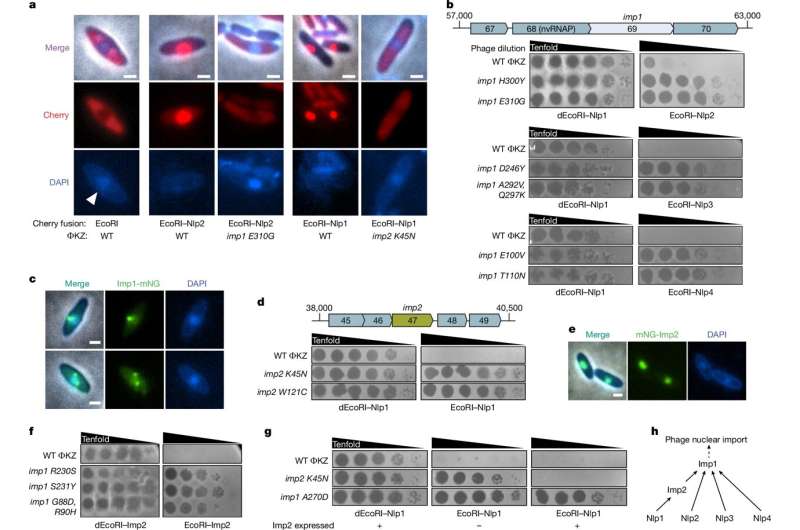

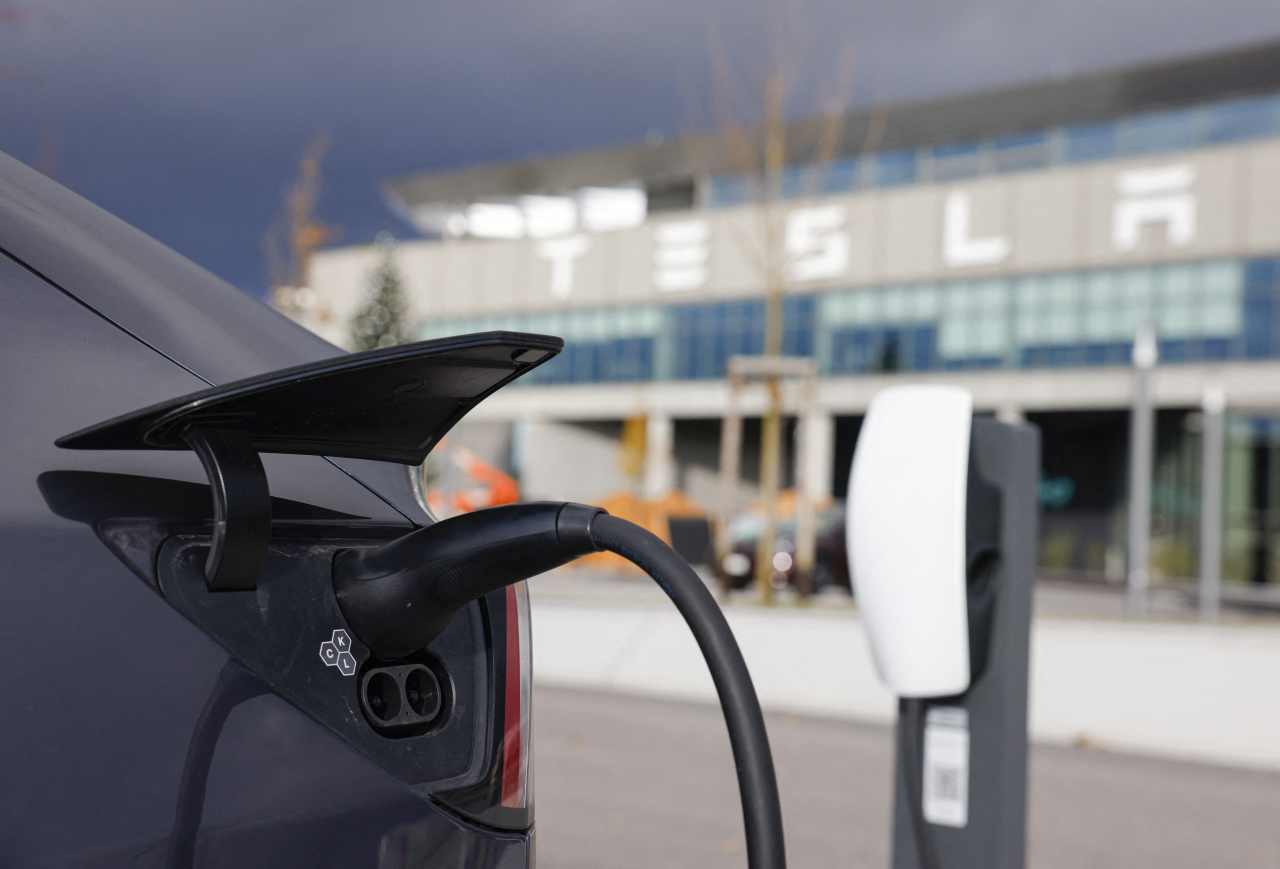
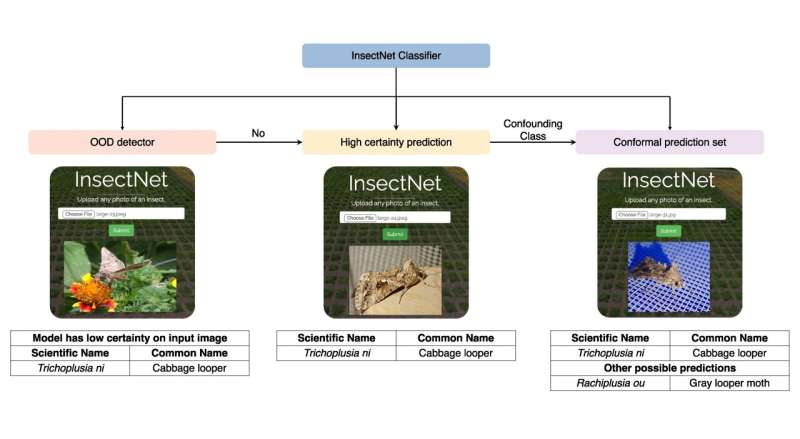
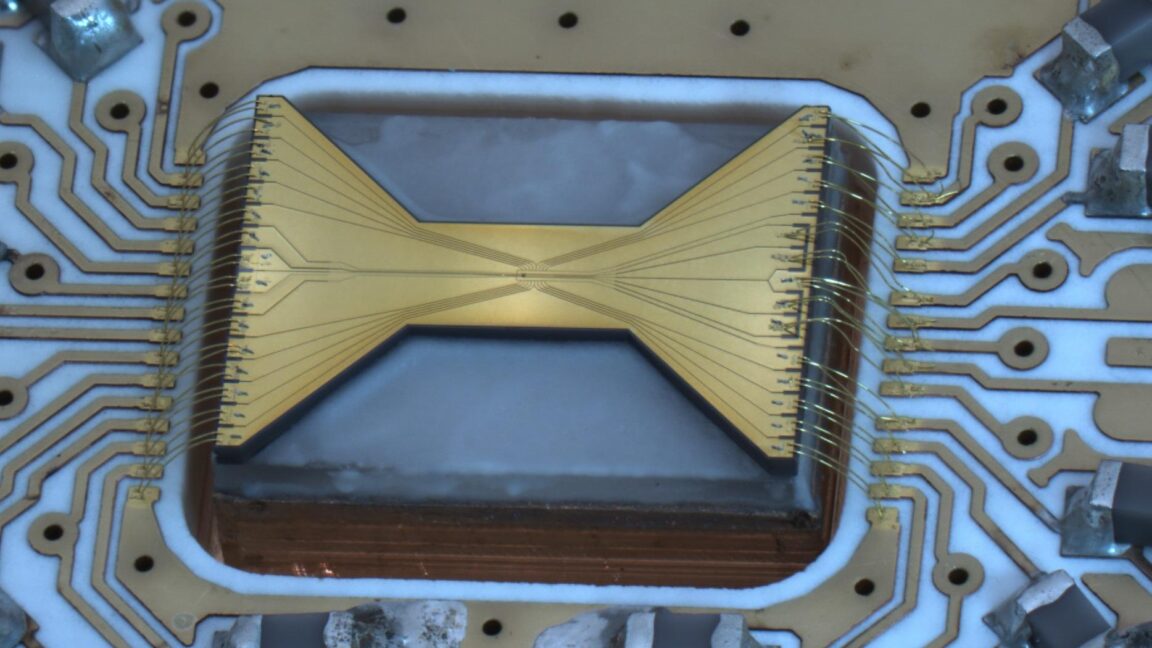
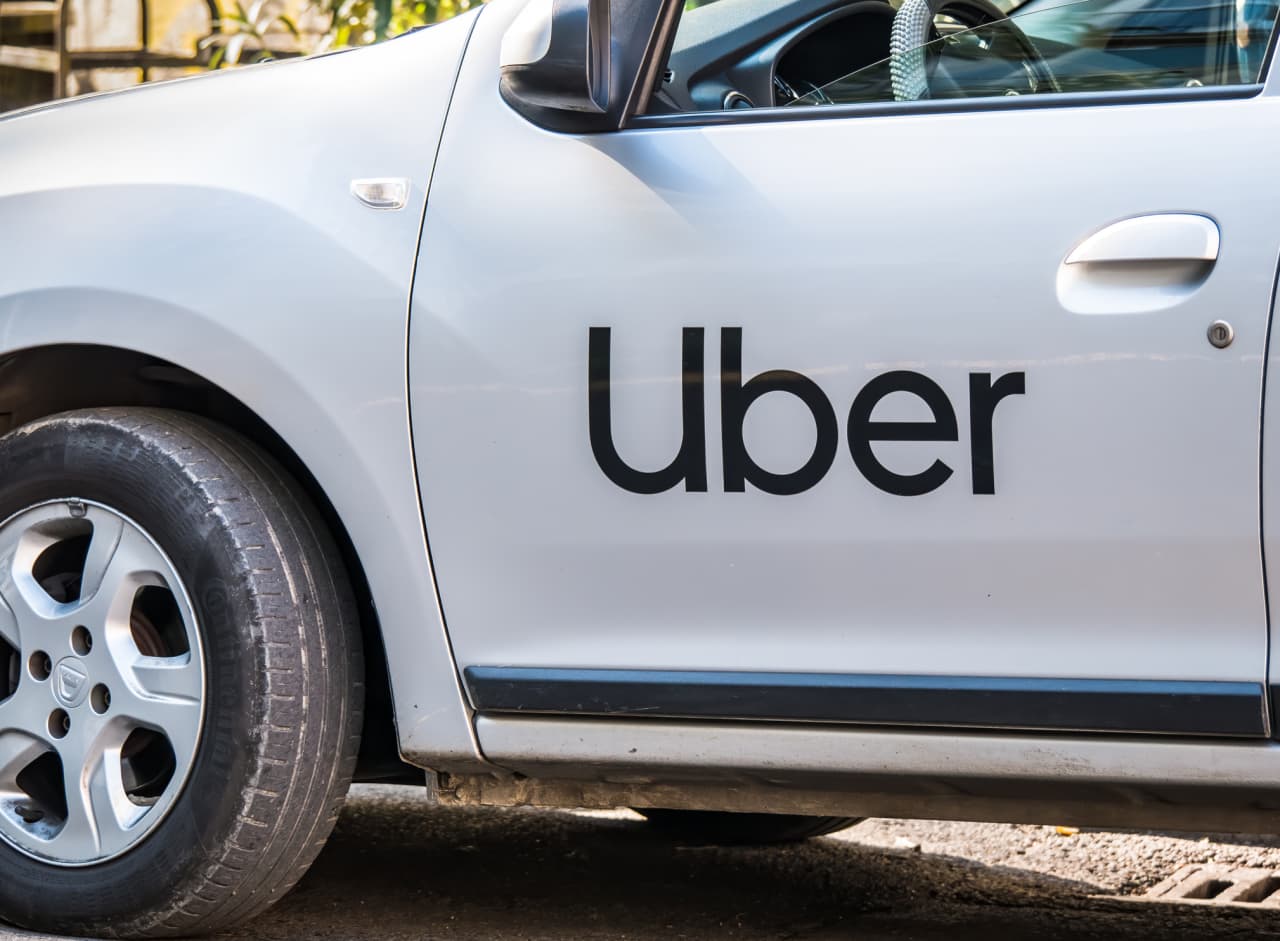
Up to 91% of people who get periods experience period cramps. Many also report experiencing occasional period cramps while not on their period.
Having period cramps but no period feels similar to having cramps during your period. You may feel pain, pressure, and discomfort in your lower stomach area. You may also experience nausea, digestive issues, and lower back pain.
There are many possible causes of cramps without a period, including ovulation, endometriosis, fibroids, and pregnancy. Determining the cause of your cramping will help your healthcare provider determine the best treatment for you.
There are many different possible causes of period cramps with no period. The cramps may indicate where you are in your menstrual cycle or be due to an underlying condition.
Ovulation occurs when an egg is released from the ovary. It typically occurs in the middle of the menstrual cycle and lasts about 12-24 hours. Pain during ovulation is common, and 1 out of every 5 people with periods experiences it.
Pain during ovulation is called mittelschmerz. It’s thought to be caused by the egg stretching your ovary before it’s released. Blood and fluid released at the time of ovulation can also cause irritation, leading to pain.
Ovulation pain is typically felt on one side of your belly, where an egg is being released. You may feel a sharp cramping that lasts a day or two.
Endometriosis occurs when tissue from your uterus grows outside the uterus on other organs in the abdomen or pelvis, like the fallopian tubes, ovaries, bladder, and bowel.
Endometriosis can cause severe cramps during your period, but people with the condition can experience cramping at other times, too. Cramps may occur during sex or when you use the bathroom. You may also experience spotting (light bleeding) between periods.
Fibroids are typically noncancerous tumors that can grow in various locations in the uterus. They can develop within the muscle or cavity of the uterus, as well as the outside of the uterus.
Fibroids can cause more painful period cramps as well as cramping when it’s not your period. If you have fibroids, you may feel pressure and pain in your belly. You may also experience cramping and pain during sex and feel like you have to pee more often.
Having digestive issues (gas, bloating, diarrhea, and constipation) can lead to crampy feelings when it’s not your period. You may experience these cramps more frequently and more seriously if you have a digestive condition like irritable bowel syndrome (IBS) or inflammatory bowel disease (IBD).
People with IBS typically experience stomach cramps, bloating, and gas and may frequently alternate between diarrhea and constipation.
IBD includes ulcerative colitis and Crohn’s disease. In IBD, inflammation and swelling occur in the digestive system, leading to symptoms such as pain and cramping, diarrhea, exhaustion, and nausea.
Ovarian cysts are fluid-filled sacs that form on your ovary during ovulation (when you release an egg each month). Most people who have ovarian cysts don’t experience noticeable symptoms.
When an ovarian cyst does cause symptoms, it can include pain and cramping that may feel like a period. Other symptoms include pain during sex and a dull achiness in your lower back and thighs. You may also feel unable to fully empty your bladder when peeing or feel you didn’t have a complete bowel movement.
It’s common to experience period-like cramps in pregnancy because your uterus must stretch to make room for the fetus. Cramping can also occur when a fertilized egg implants in your uterus. Cramping is especially common during early pregnancy.
Period cramps and pregnancy cramps can sometimes feel the same, especially in early pregnancy. During early pregnancy, you may also experience other period-like symptoms, including back pain, moodiness, breast tenderness, and fatigue. If you are unsure whether you are getting your period or are pregnant, you can take a pregnancy test.
There are several other possible causes of having period-like cramps when you don’t have your period, including:
Period cramps that don’t happen with your period will often feel similar or identical to cramps that occur during your period.
Most period cramps occur in the lower part of the belly, near the uterus. However, the pain can also be felt in other parts of the stomach, lower back, hips, and thighs.
Cramps are often described as a feeling of pressure, discomfort, or pain. They can come in waves or feel constant. Other symptoms usually accompany cramps, such as nausea, diarrhea, headaches, moodiness, dizziness, bloating, weight gain, and exhaustion.
Period cramps without a period have many possible causes, and the symptoms you feel might vary depending on the cause.
If the cramps are caused by ovulation, you might notice that the pain is mostly on one side of your body. If the cramps are caused by digestive issues, you might experience gassiness, bloating, and diarrhea along with the cramps.
If you have period cramps but no period for a short time and your symptoms are manageable, it may not be necessary to seek medical attention. You can bring up your symptoms the next time you visit your healthcare provider.
However, if you are experiencing any of the following symptoms, you should reach out to your healthcare provider for support:
When you visit your healthcare provider, they will likely ask you about your pain, when it started, and any other symptoms you have. They may discuss pain management techniques, such as pain medication or at-home remedies.
Your healthcare provider may need to run some tests to diagnose the cause of your cramps. Possible tests include:
Most cases of cramps can be treated with over-the-counter (OTC) pain medications. Some commonly recommended pain medications include Advil (ibuprofen) and Tylenol (acetaminophen).
You can also try various at-home remedies to relieve your cramps, like:
In some cases, the pain won’t go away without treating the underlying condition causing it. Endometriosis and hormonal imbalances are often treated with hormonal birth control. Fibroids are treated with hormonal birth control or removed with a procedure called uterine artery embolization.
Having period cramps outside of your period usually can’t be prevented, but treating the underlying cause of your cramps can decrease symptoms. That’s why it’s important to visit your healthcare provider for a diagnosis and treatment if your cramps are painful and not getting better.
Maintaining a healthy lifestyle can help reduce period cramps and period-like cramps. This includes remaining physically active and eating a balanced diet with plenty of vitamins and minerals.
You can also try taking pain medication recommended by your healthcare provider as soon as you start to experience cramps. This can reduce pain and may help you avoid the most painful symptoms of cramping.
Period cramps that don’t happen during your period feel similar to normal period cramps. There are several possible causes, including ovulation, endometriosis, pregnancy, and fibroids.
Treatment involves pain medicine and at-home remedies such as rest, hot water bottles, and light exercise. Treating period pain without a period sometimes requires treating the underlying cause. In these cases, it’s important to visit a healthcare provider for a diagnosis and treatment plan.
©2024. Livebuzznews. All Rights Reserved.